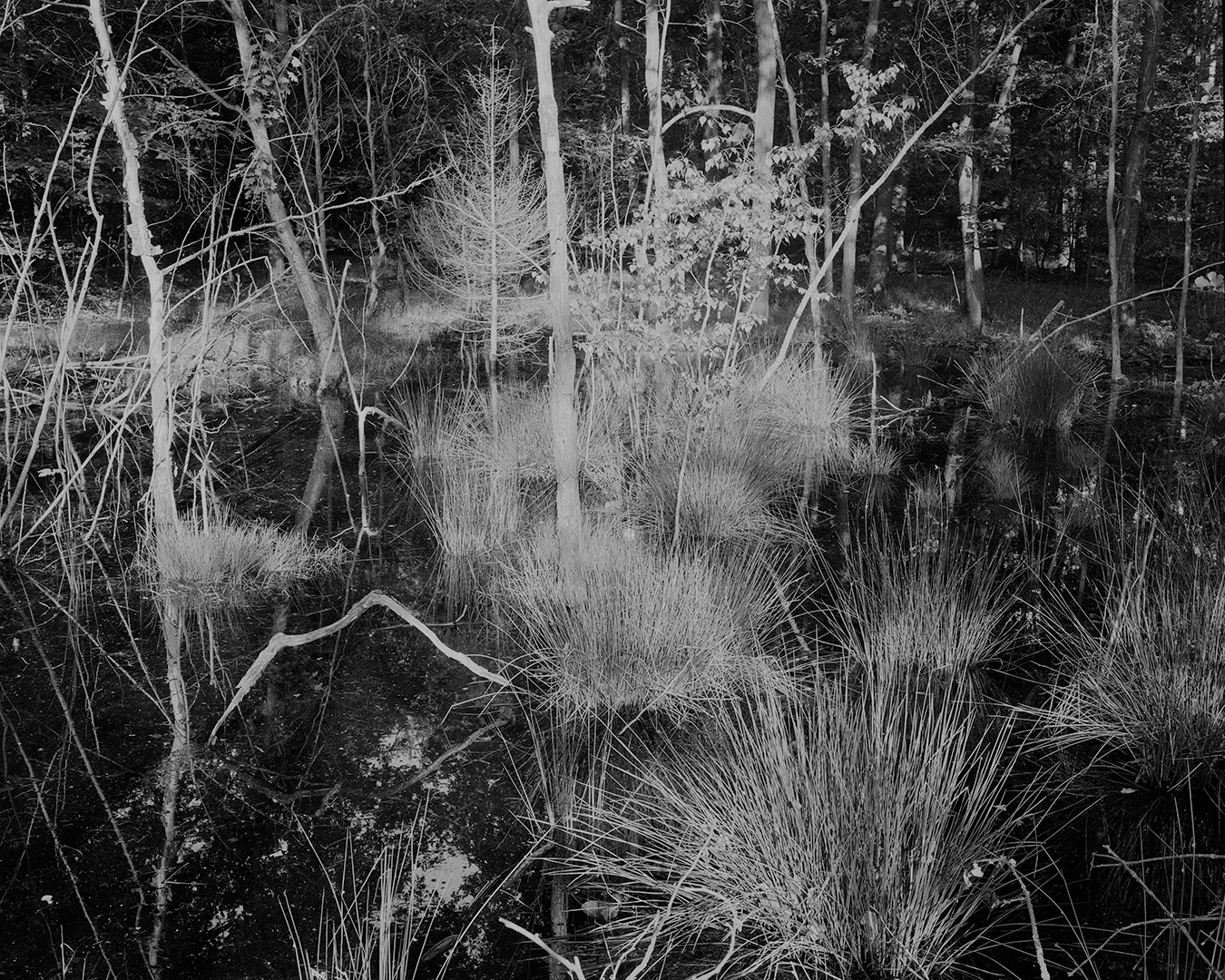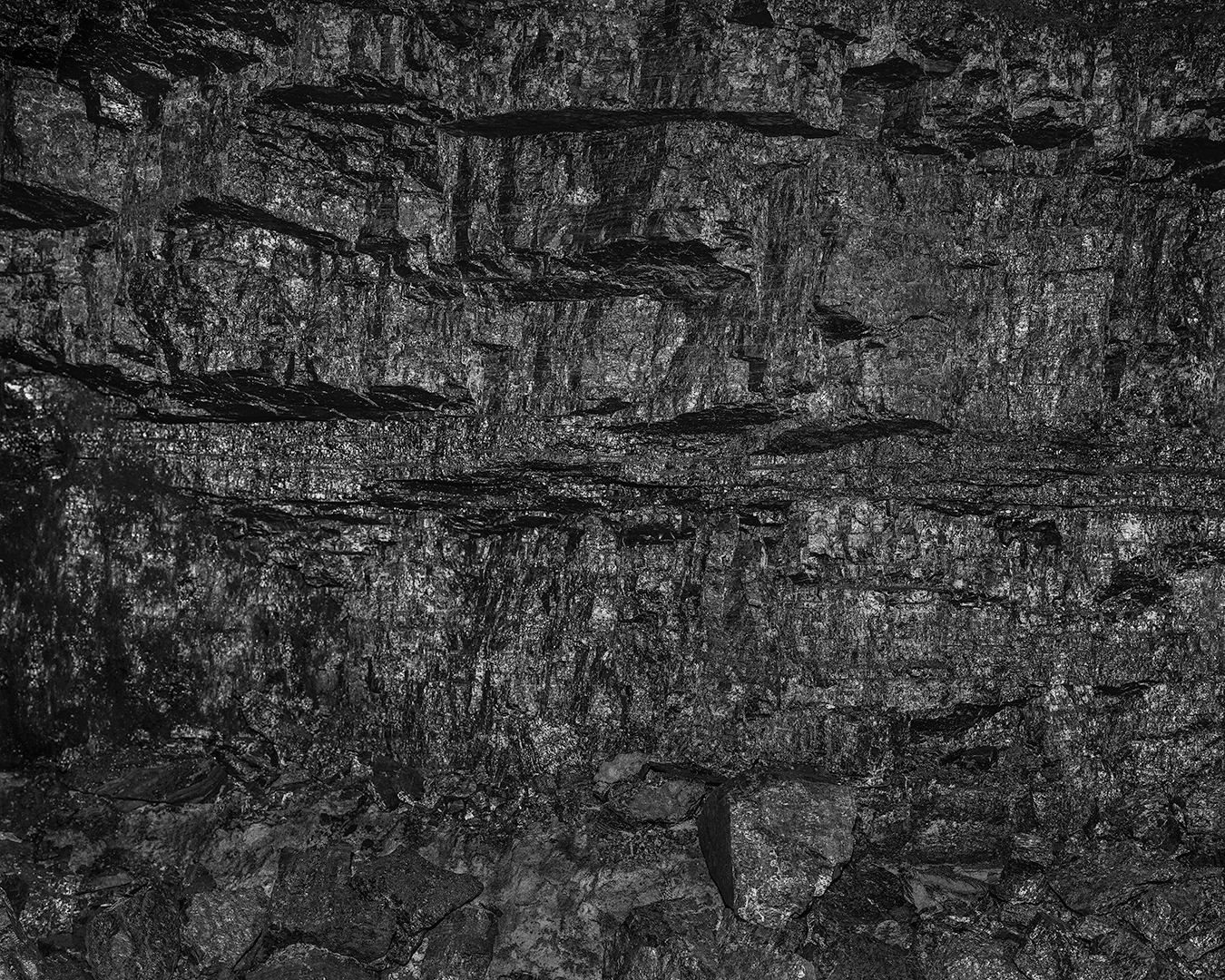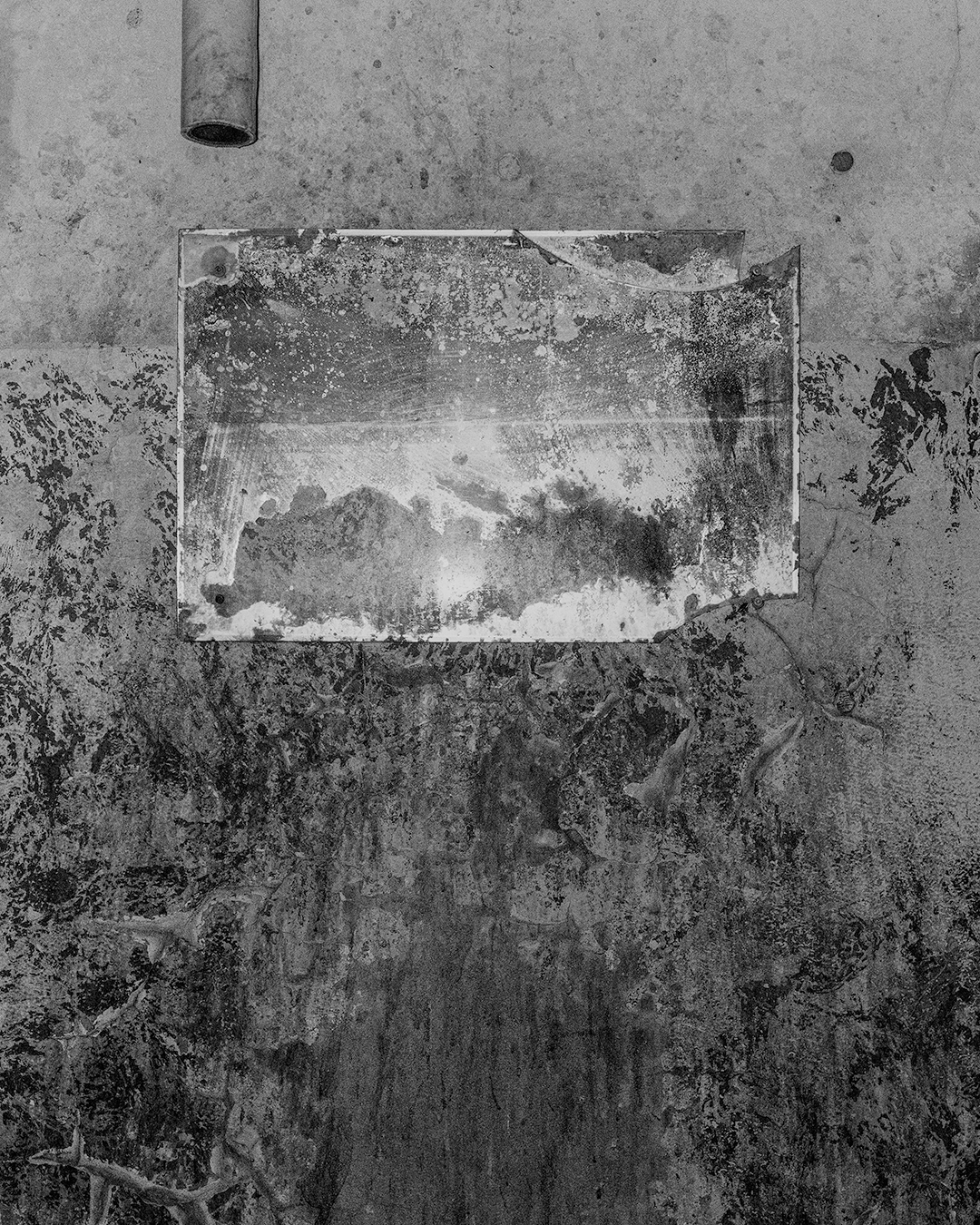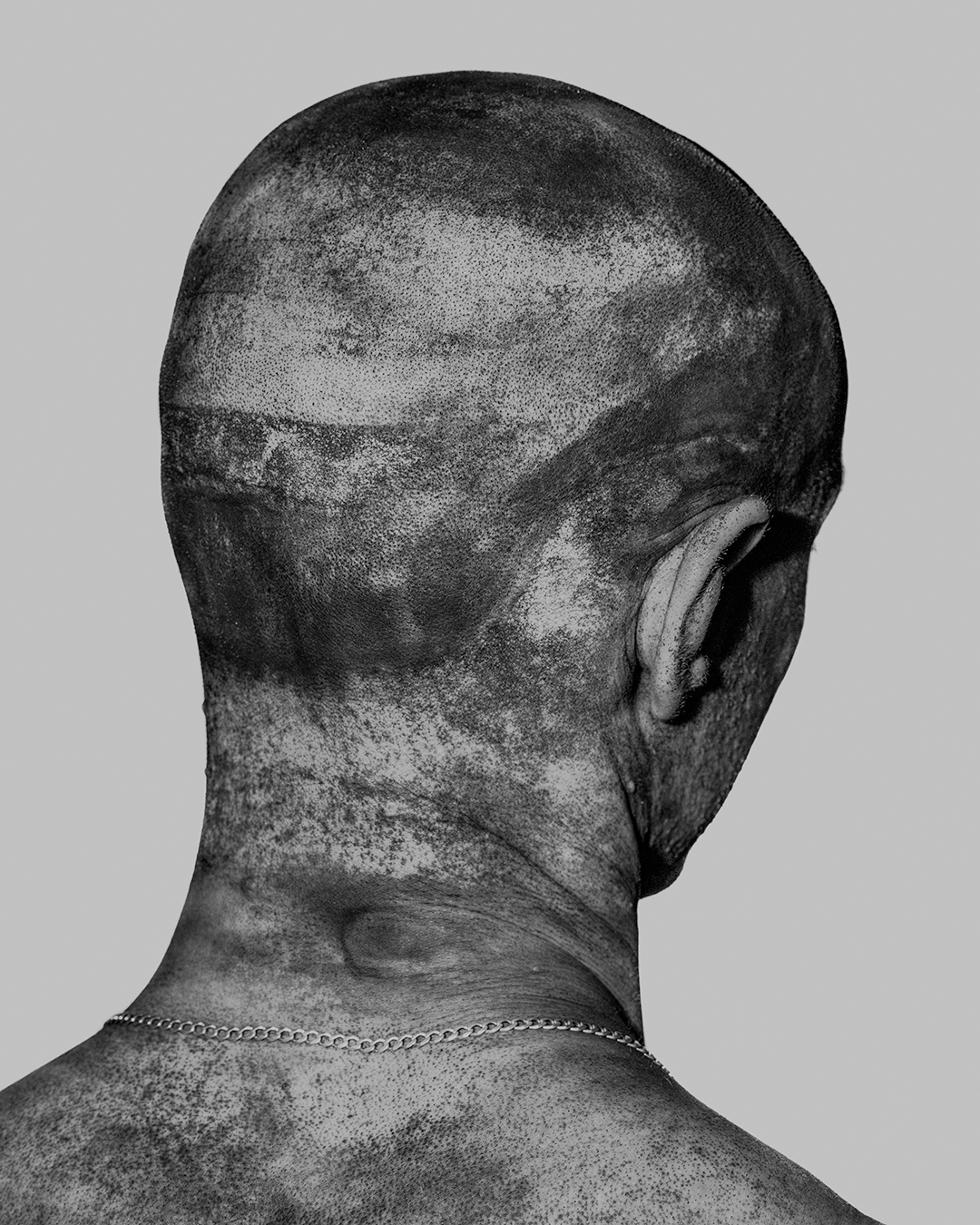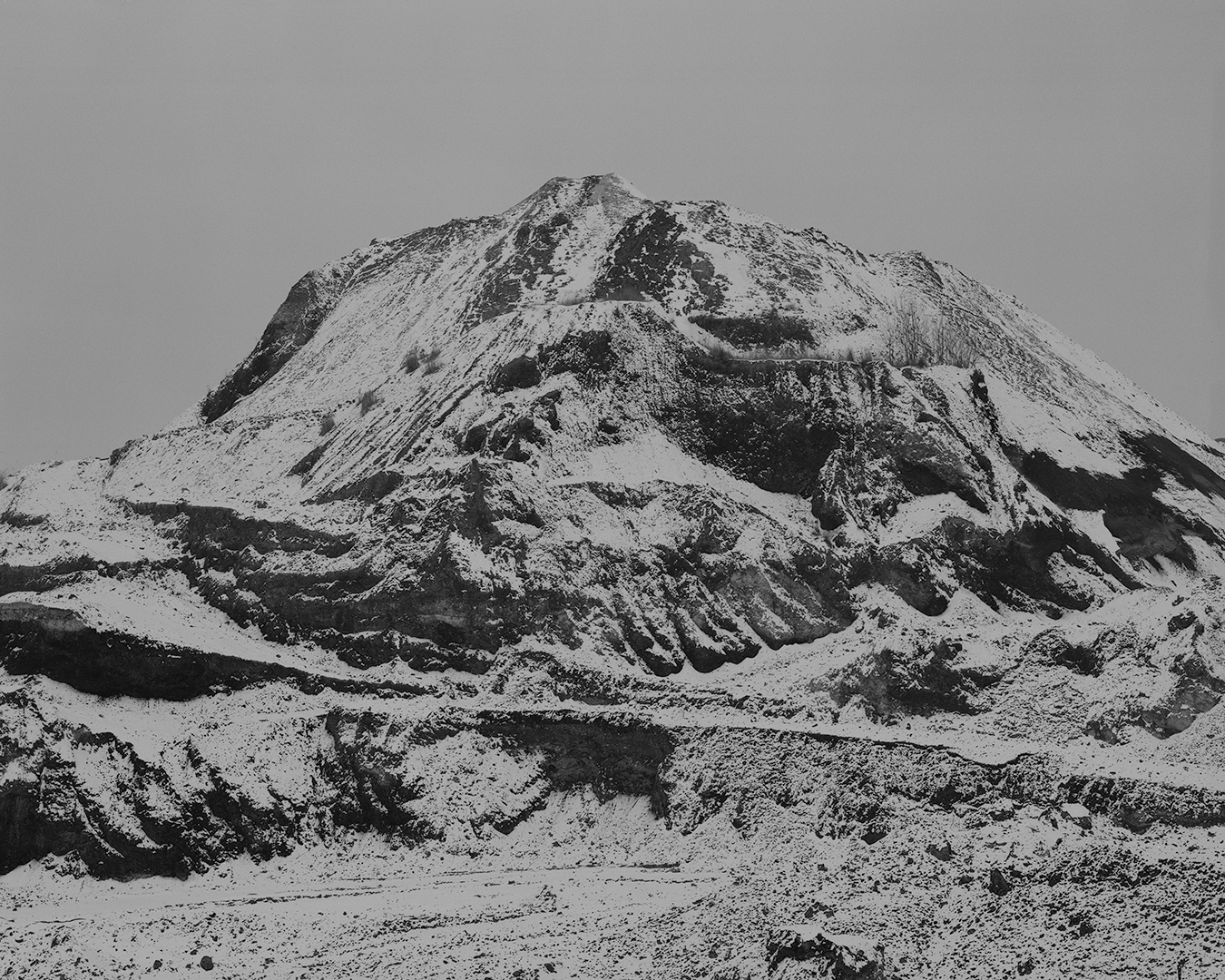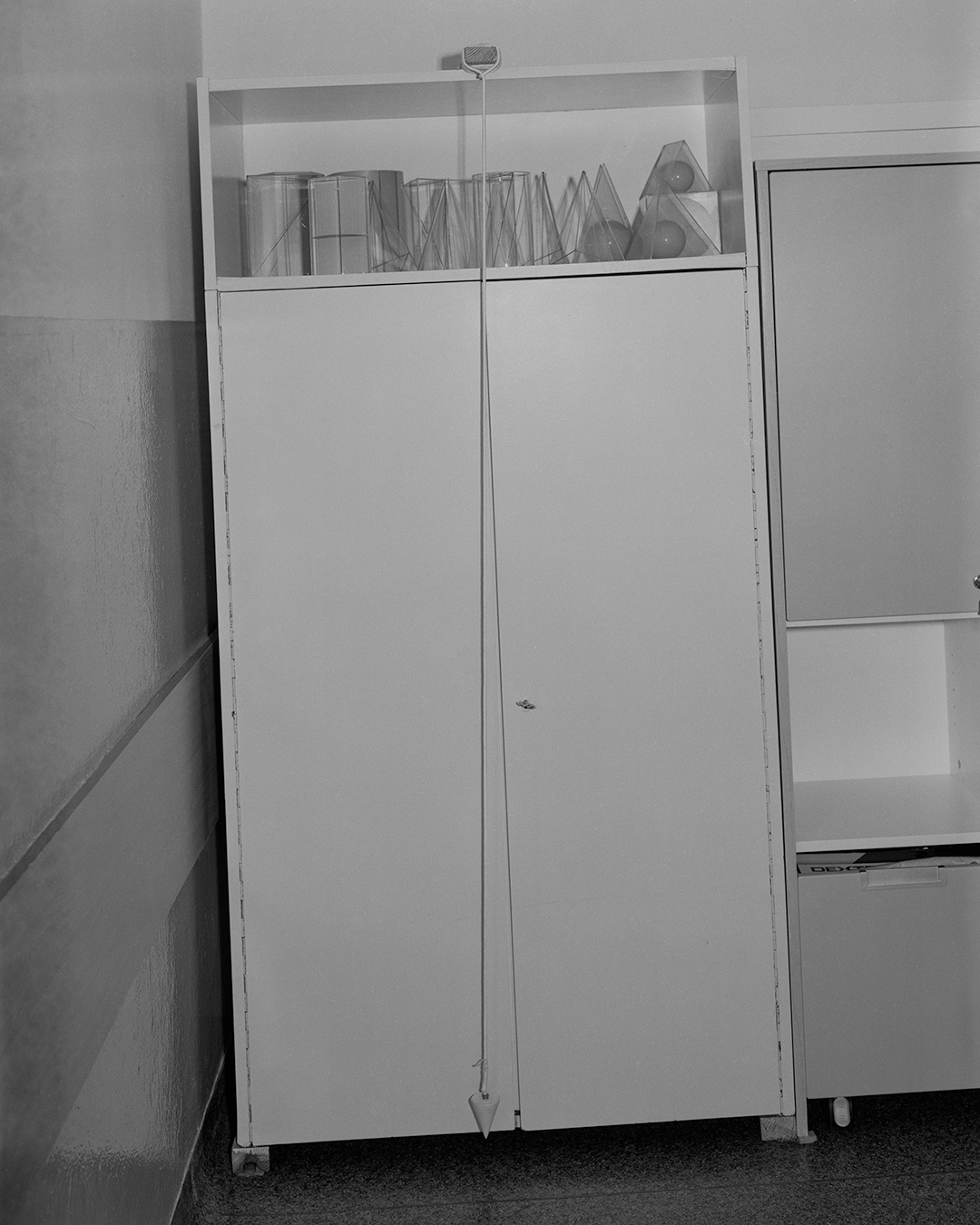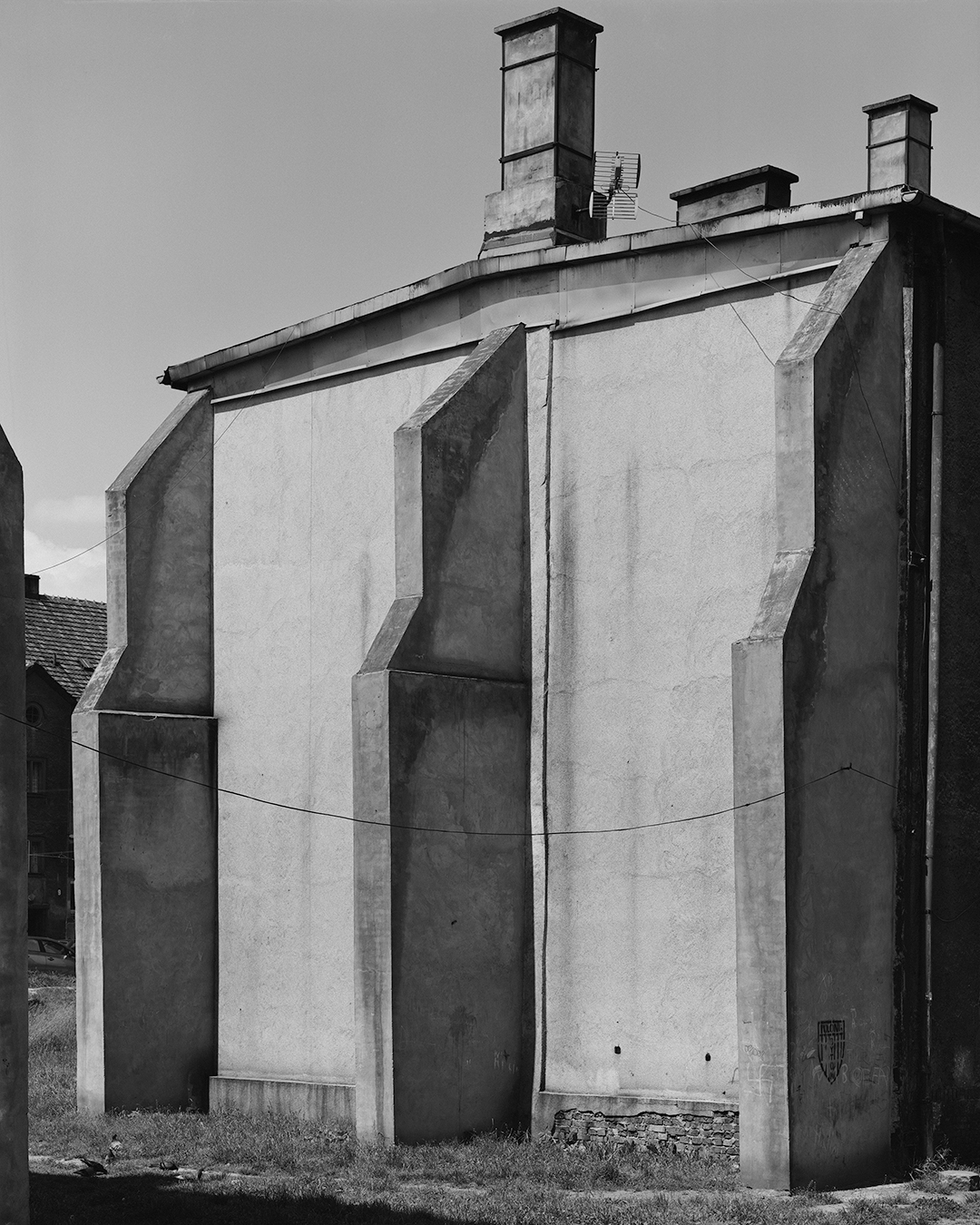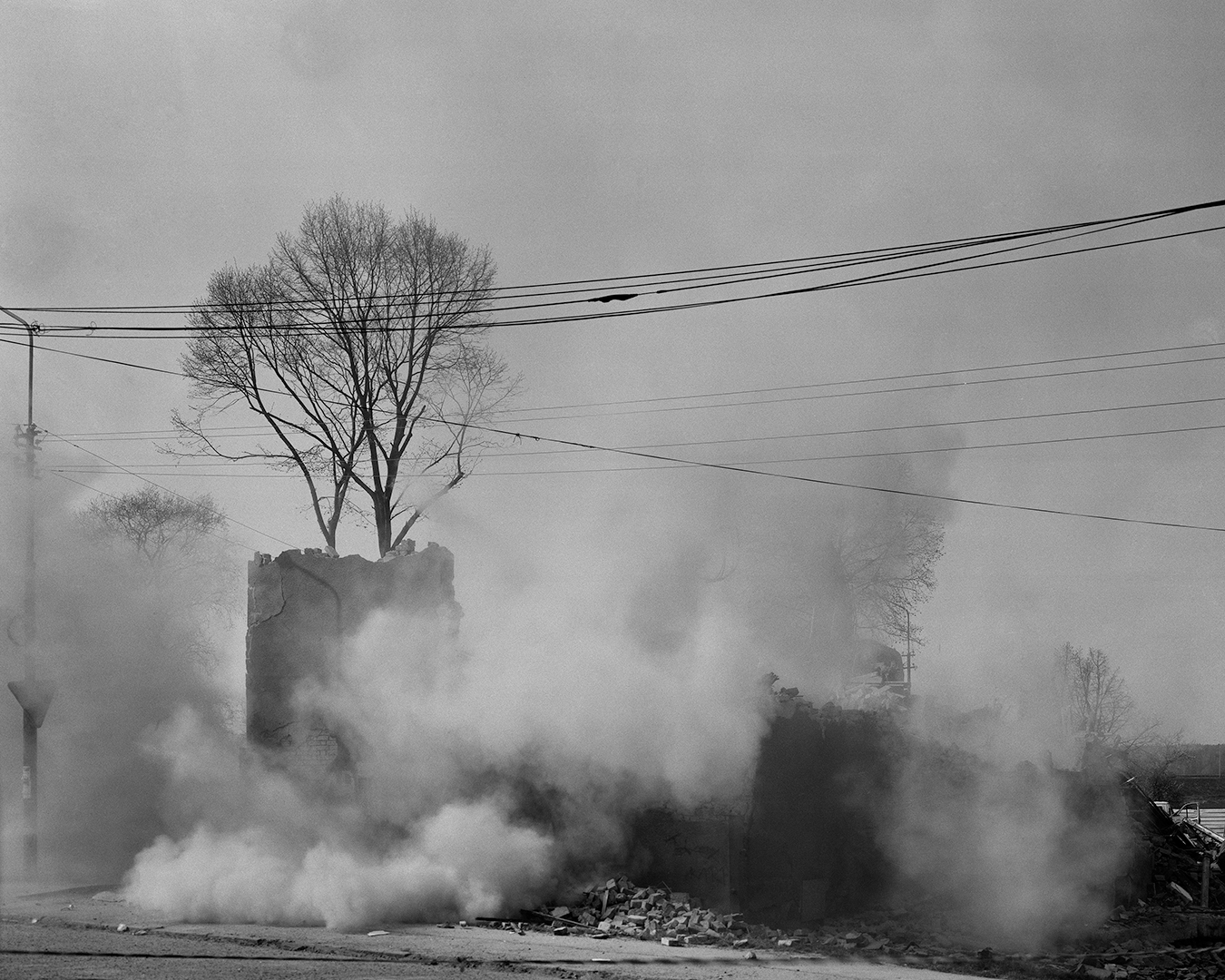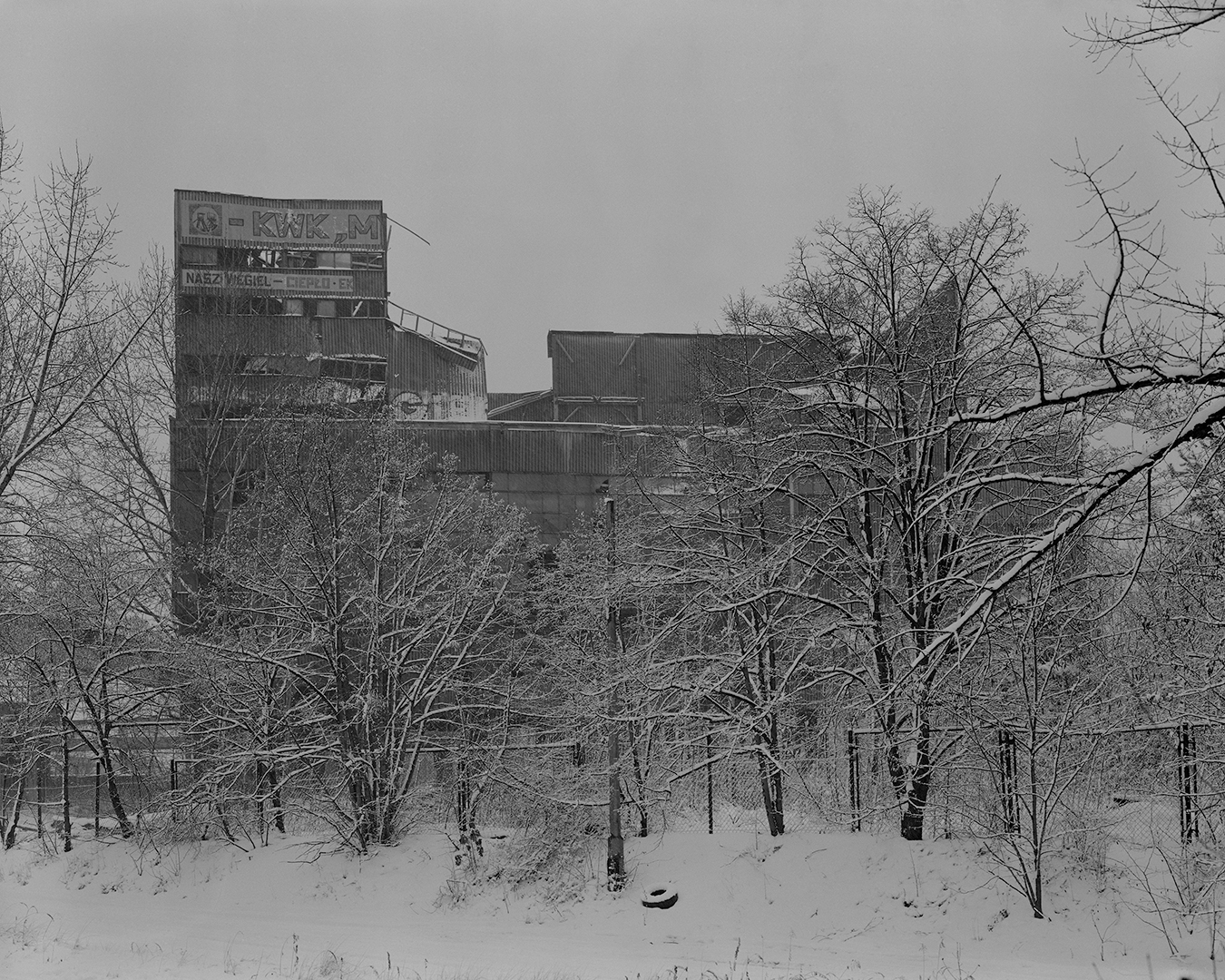Seconded By: Christoffer Relander,
I was born, raised, and continue to live with my family in Upper Silesia, a region of southern Poland where hard coal has been mined for over 200 years. Near my home, a mine extracts coal from a depth of more than 1,000 meters. A second mine was shuttered a year ago, after 135 years of operation.
My house is visibly crooked, although we, the inhabitants, no longer feel the slant. Outside, the sidewalk sinks into the ground. This process—the result of mining operations hollowing out the earth beneath us—will continue long after the last mine has been sealed.
Across the street is a spoil tip: a heap of mining waste overgrown with pioneer plants. Eventually, someone will haul it away as raw material for road construction, and the pile will be gone. In winter, you can see the baleful air we breathe. Unfortunately, I contribute to this myself, for my crooked house has a coal-fired furnace in the basement, which burns what is rosily branded “eco-pea” coal.
Since 1989, when communism collapsed in Poland, Upper Silesia has undergone constant transformation. The majority of the region’s mines have been shuttered because the deposits are exhausted or the seams are too deep to be profitable. The Polish government recently announced that, by 2049, there will be no more coal mines operating in the country.
Extraction is a record of the multilevel experience of living in the shadow of a mine, and a visual representation of mining’s impact on landscape, architecture, the air, and humans.
